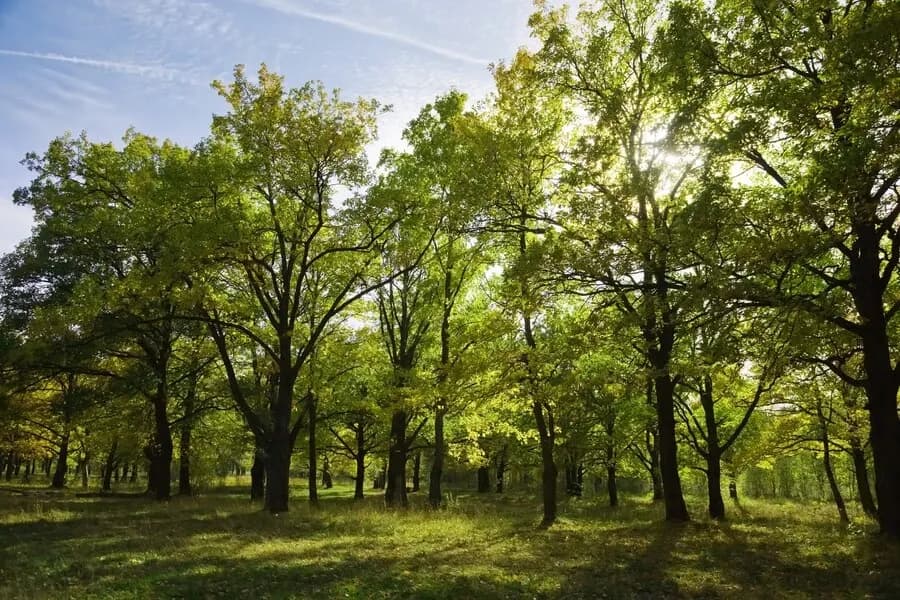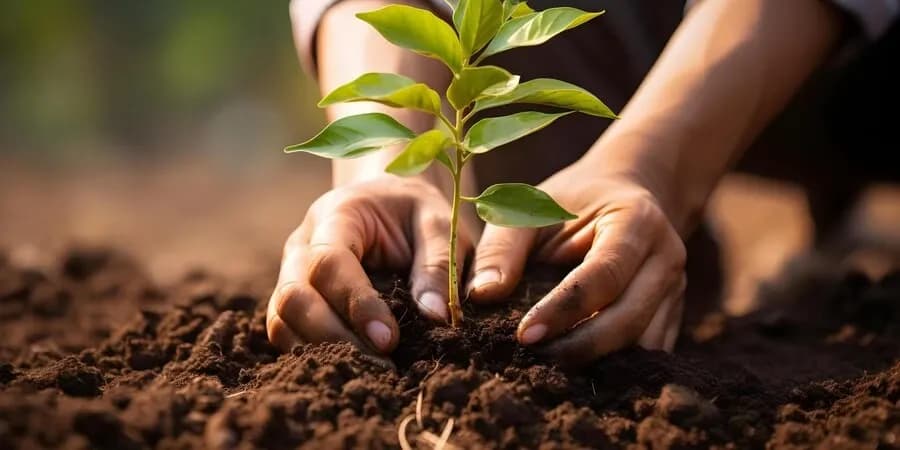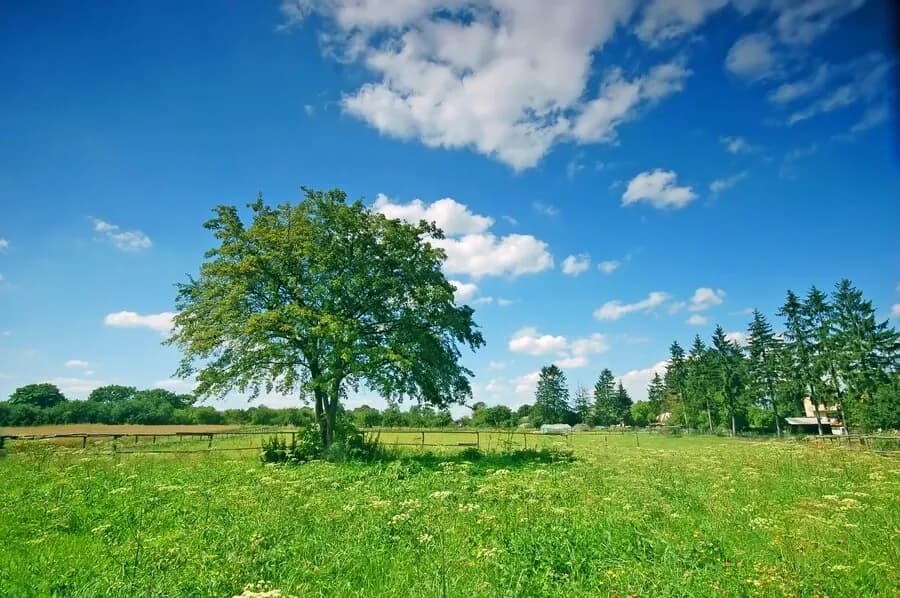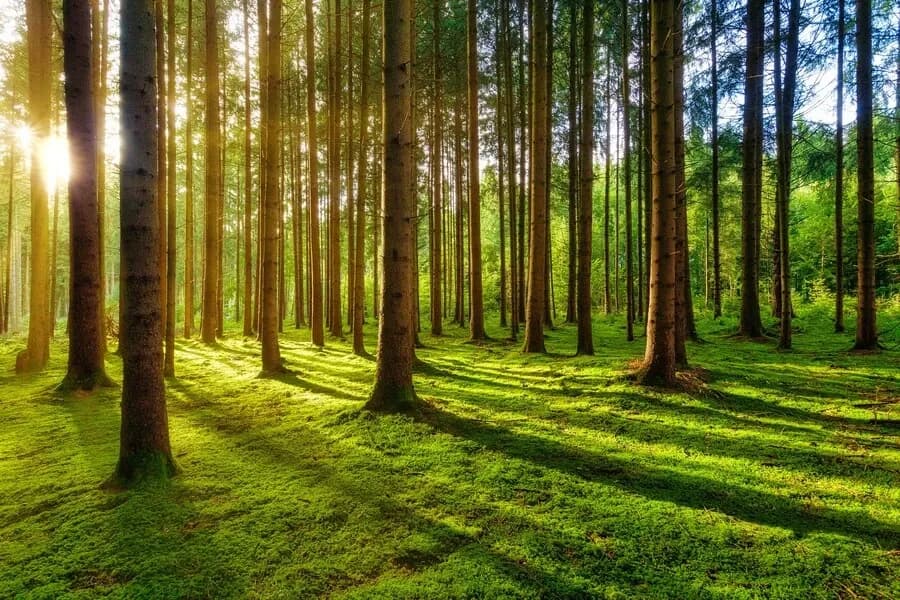Introduction
With rising concerns about climate change, many people ask: How many trees do we need to plant to offset carbon emissions? The answer is not as simple as planting a set number of trees per person. Carbon sequestration by trees depends on species, age, climate, soil conditions, and many other factors. This article breaks down the science behind tree-based carbon offsetting and presents a clear, logical answer.
Understanding Carbon Emissions
Carbon dioxide (CO₂) is the primary greenhouse gas responsible for global warming. Human activities such as burning fossil fuels, deforestation, and industrial processes release massive amounts of CO₂ into the atmosphere. According to the Global Carbon Project (source), the world emitted about 40 billion metric tons of CO₂ in 2022. To mitigate climate change, we must reduce emissions and remove excess CO₂ from the air. Trees play a critical role in this process through photosynthesis, where they absorb CO₂ and store carbon in their biomass and soil.

How Do Trees Absorb Carbon?
During photosynthesis, trees convert CO₂ into organic matter, storing carbon in trunks, branches, roots, and leaves. The rate of carbon storage varies based on factors such as:
- Tree species (fast-growing trees vs. slow-growing trees)
- Age of the tree (younger trees grow faster and absorb more CO₂, but older trees store more carbon overall)
- Location and climate (tropical forests sequester more carbon than boreal forests)
- Soil quality (rich soils help trees grow faster and store more carbon underground)
Average Carbon Sequestration per Tree
Different trees absorb carbon at different rates. Here are some general estimates:
- A mature tree absorbs about 22 kg (48 lbs) of CO₂ per year (USDA Forest Service).
- Over a 40-year lifespan, a single tree can sequester about 1 ton of CO₂ (Arbor Day Foundation).
- Tropical trees can sequester about 50 kg (110 lbs) per year in ideal conditions (IPCC report).
How Many Trees to Offset Global CO₂ Emissions?
Now, let’s calculate how many trees would be required to offset human-caused emissions.

1. Global Scenario
If the world emits 40 billion tons of CO₂ per year, and an average tree absorbs 22 kg per year, we need: That’s 1.8 trillion trees needed to absorb all annual human CO₂ emissions.
2. Individual Carbon Footprint
The average person worldwide emits 4.5 metric tons of CO₂ per year (Our World in Data). To offset this, an individual would need:
Thus, an individual would need to plant and maintain about 205 trees for life to offset their annual carbon footprint.
3. Country-Level Offsetting
- United States (5 billion tons of CO₂ per year) → 227 billion trees needed.
- India (2.8 billion tons per year) → 127 billion trees needed.
- China (10 billion tons per year) → 454 billion trees needed.
Challenges in Large-Scale Tree Planting
1. Land Availability
Planting 1.8 trillion trees requires significant land. The Earth has about 3 trillion trees today (Crowther et al., 2015), and large-scale reforestation needs land that doesn’t compete with agriculture and urban development.
2. Tree Growth Time
Trees take decades to sequester meaningful carbon. Fast-growing species like bamboo and poplar can absorb CO₂ quickly, but long-term storage is better in slow-growing hardwoods.
3. Deforestation vs. Reforestation
Each year, we cut down 15 billion trees (Nature, 2015). Protecting existing forests is as important as planting new ones.
Beyond Trees: Other Carbon Sequestration Methods
While trees are a natural solution, we need other strategies to meet climate goals:

- Soil carbon storage: Improving agricultural practices can enhance carbon capture in soils.
- Ocean-based solutions: Kelp farming and marine carbon sequestration can absorb CO₂ efficiently.
- Direct air capture (DAC): Technologies that directly remove CO₂ from the atmosphere.
- Renewable energy: Reducing fossil fuel use cuts emissions before they enter the atmosphere.
Conclusion: Can Trees Alone Solve Climate Change?
Trees are a powerful carbon sink, but they alone cannot offset all human emissions. Even if we plant 1.8 trillion trees, it would take decades to see a significant impact. The best approach is a combination of reforestation, emissions reduction, and technological solutions. For individuals, planting 200+ trees per person can help offset their emissions. However, protecting existing forests and reducing fossil fuel consumption is equally important.
References
- Global Carbon Project, 2022 Report.
- Intergovernmental Panel on Climate Change (IPCC) Report.
- USDA Forest Service Data on Carbon Sequestration.
- Crowther et al., "Mapping Tree Density on a Global Scale," Nature, 2015.
- Our World in Data, 2023 Carbon Emissions Report.
- Arbor Day Foundation, "Carbon Sequestration by Trees".
By combining reforestation, conservation, and carbon reduction, we can make a real impact in fighting climate change.
